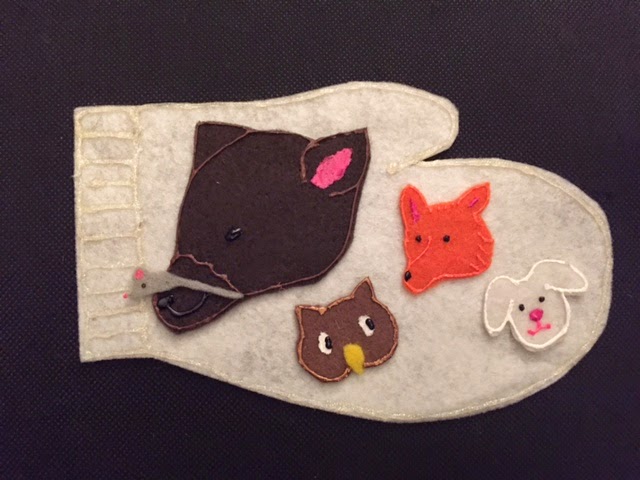You'll need a metric ton (exact measurement!) of:
- graham crackers
- frosting
- candy
 |
| Metric ton of candy. |
I do two sessions of the program back to back and sign up 45 kids for each. With no-shows this year, I ended up with 79 total kids plus parents.
Before the day of the program, I cut out lots of small cardboard squares and covered them with tin foil to make the bases.
The day before the program, I made frosting. I use two different frosting recipes. The first is for constructing the houses and is super strong (I use this recipe). I put this frosting in disposable piping bags to make it easier to put frosting on the base and up the walls. Some people use ziploc bags with the corners cut out, but that has never worked for me. I did put rubber bands on the piping bags, though, to keep the kids from squeezing the icing out of the back.
I also make Betty Crocker vanilla icing and put that one in bowls with plastic knives. It's a lot softer, but it works well for the decorations (and on the plus side it's a lot tastier).
I'm not going to sugar-coat this (haha): I made tons and tons and icing. I ended up with 30 bags of piping frosting and four enormous bowls of the vanilla icing and I didn't have very much left over when it was all over. On the plus side, I spent the program refilling candy and helping kids with their houses instead of making more and more frosting like I did last year. Much better all around.
The kids get a cardboard base and six graham squares (three long crackers halved) and then they get to work. A note on the graham crackers: I used Honey Maid low fat because they are stronger and less likely to crumble than the full fat versions. When I had cleaned the store out of that particular variety, I bought some store brand and my volunteer remarked that they seemed even hardier.
I make a brief announcement at the beginning of the program explaining the frosting in piping bags (and reiterating that frosting is not an infinite resource) and I always make sure to say "even if it falls down, it's still delicious!" So far, there have been no tears and no complaining even when some of the roofs turned out to work better flat.
And now, the gallery!
This program fills up by early November and is a crowd pleaser and family favorite (everyone appreciates not having to make these - and clean them up - in their own homes).
























































